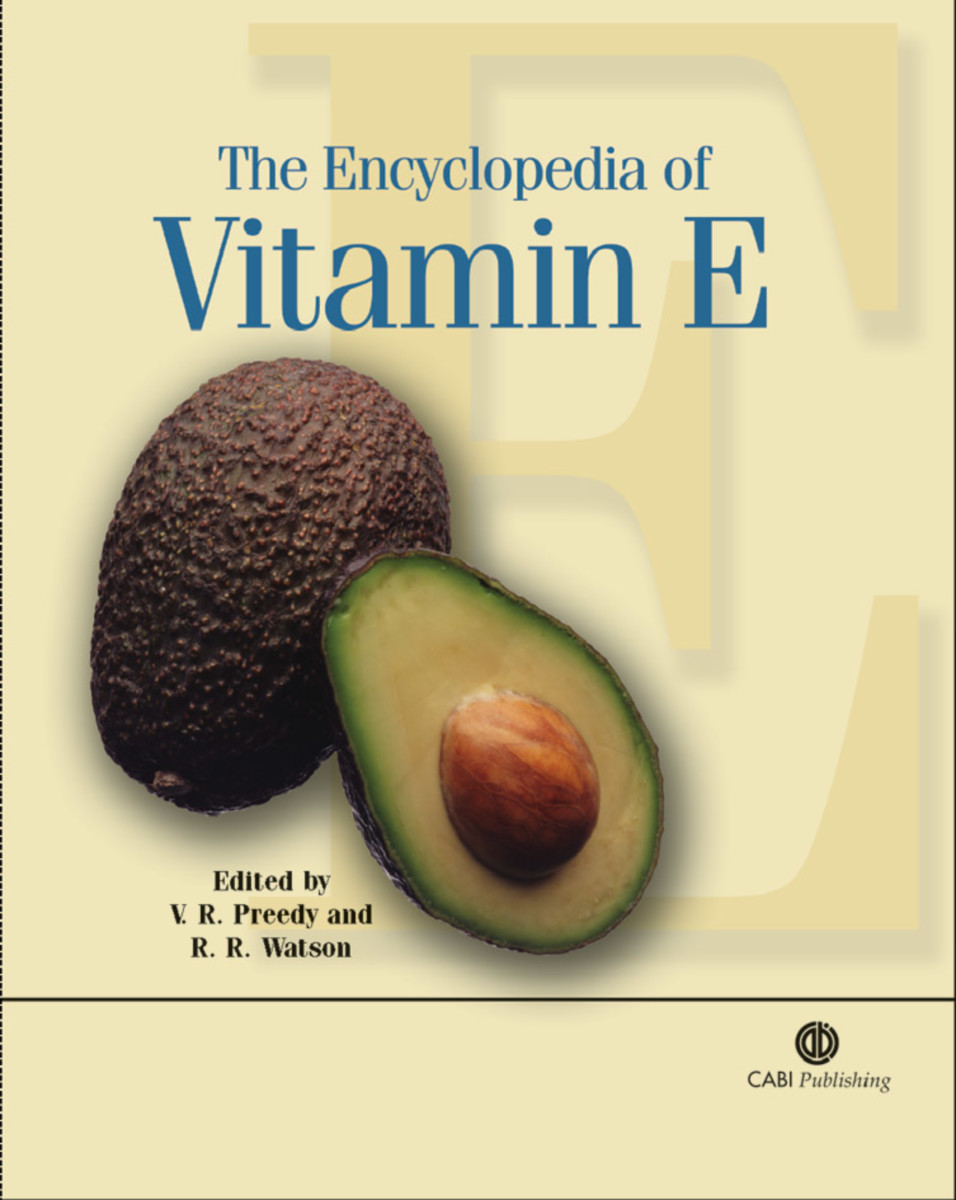The Encyclopedia of Vitamin E
- Publisher
CABI - Published
10th April 2007 - ISBN 9781845930752
- Language English
- Pages 960 pp.
- Size 8.75" x 11"
Vitamin E is an important dietary constituent which helps in the defence against cellular damage. The process of its absorption from food and its utilization by the body is an intricate series of reactions. It is also used therapeutically in treating numerous diseases and conditions such as skin damage and the prevention of pathological lesions in major organs, and has been shown to be an important factor in preventing heart disease and cancer. Over 100 chapters from international contributors make this book the most comprehensive reference work in describing both the positive and negative effects and actions of Vitamin E. Chapters are divided into subsections which cover: nomenclature, biochemical, physical and chemical aspects of vitamn E related compounds; dietary and nutritional influences and effects; cocktails, anti-oxidants mixtures and novel analogues; general physiological systems, metabolism and metabolic stress; brain, neurological and optical systems; reproductive systems, fetus and infant; musculo-skeletal systems and exercise; cardiovascular and pulmonary systems; skin; hepatic, nephrotic and gastrointestinal systems; immune and haematological systems and cancer.
Section 1: Nomenclature, Biochemical, Physical and Chemical Aspects of Vitamin E Related Compounds
Section 2: Dietary and Nutritional Influences and General Effects
Section 3: Cocktails, Anti-Oxidant Mixtures and Novel Analogues
Section 4: General Physiological Systems, Metabolism and Metabolic Stress
Section 5: Brain, Neurological and Optical Systems
Section 6: Reproductive Systesm, Fetus and Infant
Section 7: Musculo-Skeletal Systems and Exercise
Section 8: Cardiovascular, Haematological and Pulmonary Systems
Section 9: Skin
Section 10: Hepatic, Nephrotic and Gastrointestinal Systems and Other Organ Systems
Section 11: Immune and Haematological Systems
Section 12: Cancer


